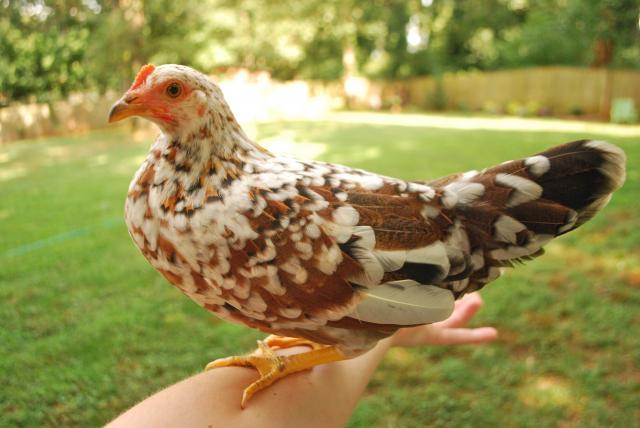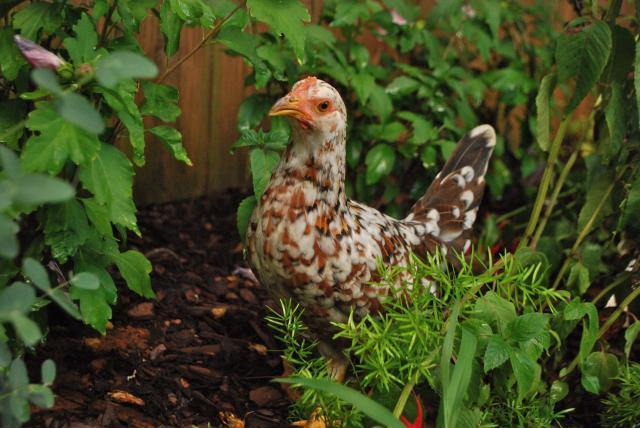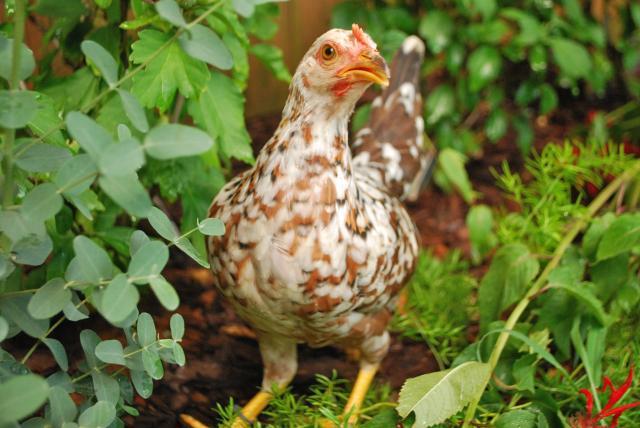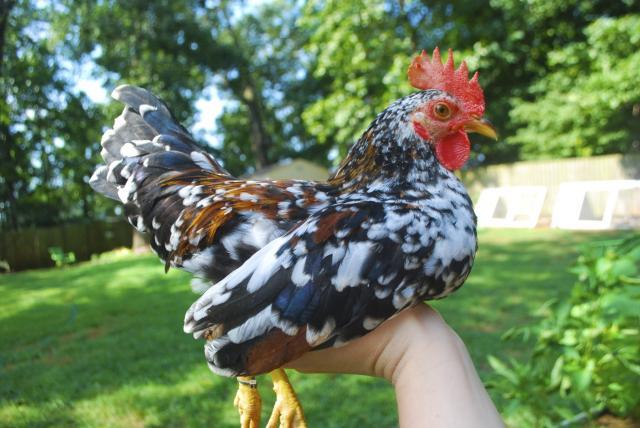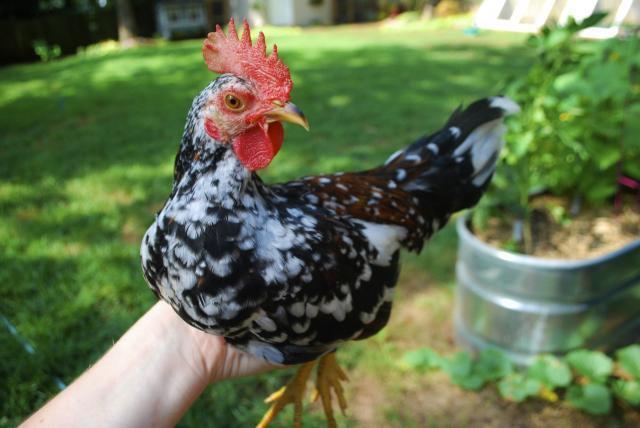I acquired this pair of Olandsk Dwarfs from Greenfire Farms very recently. They've taken to me very quickly and aren't the least bit flighty. I've noticed they are very social and seem to love being around other birds, we've really enjoyed having them so far - they are excellent lawn ornaments.
 I can't wait to see what they grow up into. I thought I'd share a description about them and a few pictures. The cockerel is a month of so younger than the pullet. Still working on names. . .
I can't wait to see what they grow up into. I thought I'd share a description about them and a few pictures. The cockerel is a month of so younger than the pullet. Still working on names. . .
 Is anyone out there familiar them?
Is anyone out there familiar them?
Olandsk Dwarf:
Giant pandas, viewed by most people as the very symbol of endangered animals, currently number about 2,500 adults in the wild. Take half that number about 1,300 individualsand you have the global population of blue whales. Halve that number again and youre describing the remaining population of mountain gorillas; about 650 secretive apes living deep in the forests of Rwanda. But, mountain gorillas are almost common compared to the number of Olandsk dwarfs a beautiful little chicken from Sweden-- remaining in the world. In 1989 there were 54 of these birds on the planet, and today there are fewer than 200.
Olands is the second largest island in Sweden; a strip of land about 85 miles long and 10 miles wide anchored near the mainland along the southeast coast. Here, centuries ago birds simply known as British garden hens (a literal translation of the Swedish word for this precursor landrace) were brought to the island, and from these birds the Olandsk dwarf emerged as a distinct breed. Olandsk dwarfs are cold-hardy birds that lay smallish white eggs. Their feathers are a wild, splattered canvas drawing from a palette of red, black, white, and gray. Dwarfs are active foragers and socialize well in a flock.
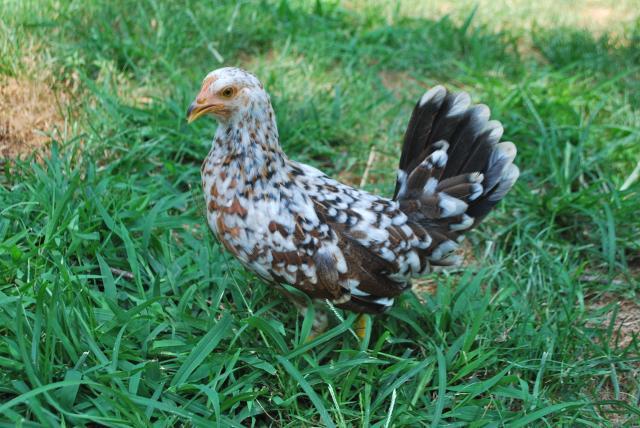
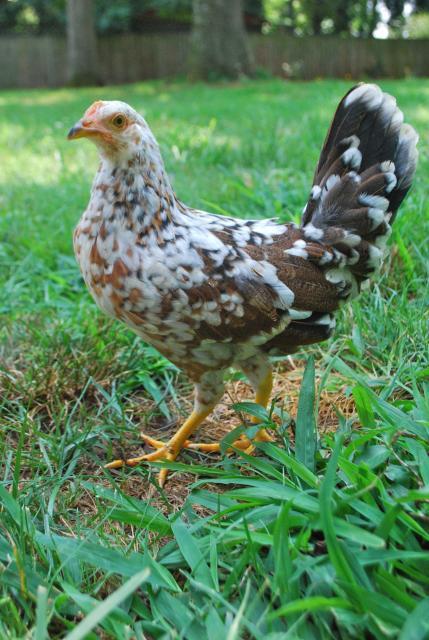
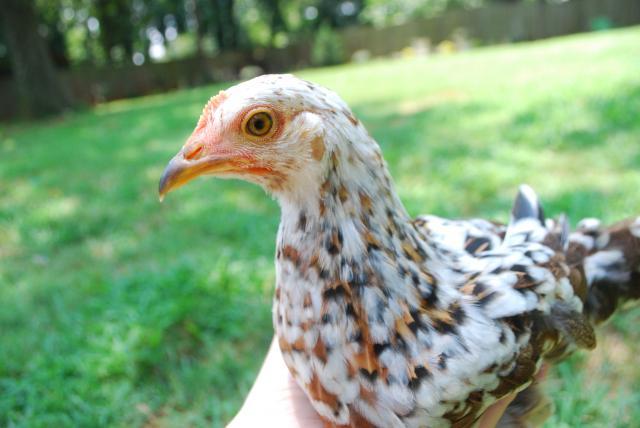
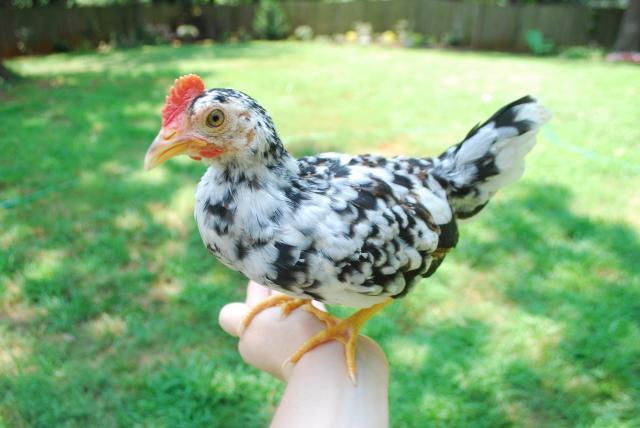


Olandsk Dwarf:
Giant pandas, viewed by most people as the very symbol of endangered animals, currently number about 2,500 adults in the wild. Take half that number about 1,300 individualsand you have the global population of blue whales. Halve that number again and youre describing the remaining population of mountain gorillas; about 650 secretive apes living deep in the forests of Rwanda. But, mountain gorillas are almost common compared to the number of Olandsk dwarfs a beautiful little chicken from Sweden-- remaining in the world. In 1989 there were 54 of these birds on the planet, and today there are fewer than 200.
Olands is the second largest island in Sweden; a strip of land about 85 miles long and 10 miles wide anchored near the mainland along the southeast coast. Here, centuries ago birds simply known as British garden hens (a literal translation of the Swedish word for this precursor landrace) were brought to the island, and from these birds the Olandsk dwarf emerged as a distinct breed. Olandsk dwarfs are cold-hardy birds that lay smallish white eggs. Their feathers are a wild, splattered canvas drawing from a palette of red, black, white, and gray. Dwarfs are active foragers and socialize well in a flock.




Last edited:


